Quick update for iOS users
Quick update for iOS users: all Physics Zone simulations now run smoothly on iPhones, iPads, and Macs after fixing the full-screen toggle issue.

Quick update for iOS users: all Physics Zone simulations now run smoothly on iPhones, iPads, and Macs after fixing the full-screen toggle issue.
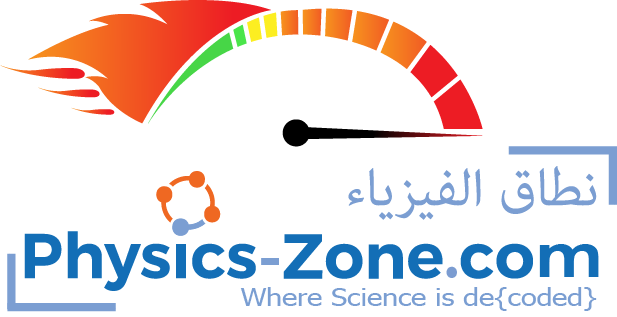
All simulations have been updated to use a locally hosted CreateJS library instead of an external one, resulting in faster loading, smoother performance, and improved reliability.
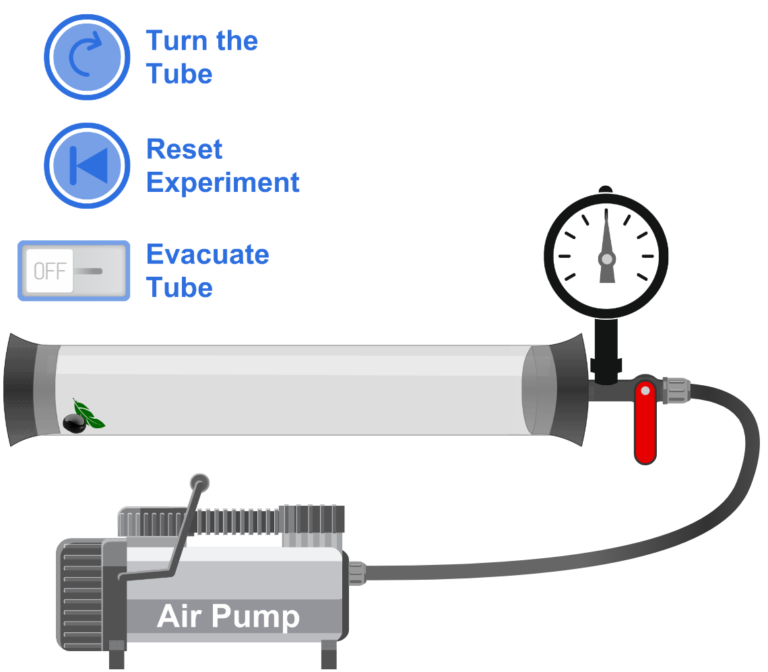
This simulation models Newton’s tube experiment, showing how air resistance affects falling objects. By removing air from the tube and flipping it, users can observe how a feather and a pebble fall differently in air but identically in a vacuum—demonstrating that gravity accelerates all objects equally when air resistance is removed.
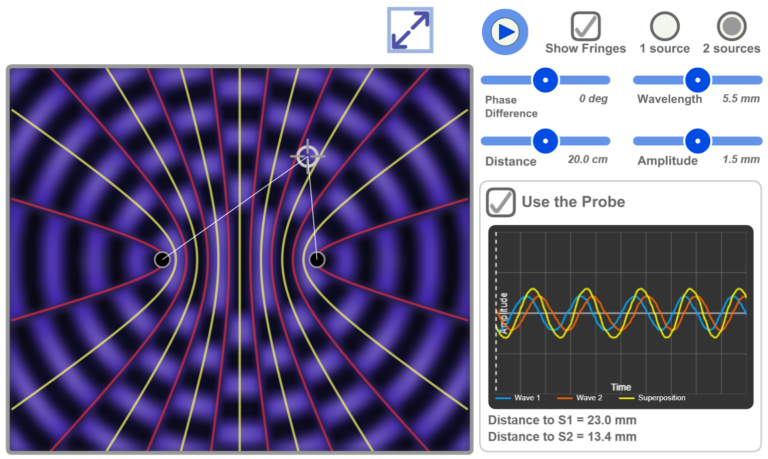
This interactive wave interference simulation demonstrates wave superposition from two coherent sources. Users can adjust wavelength, amplitude, phase difference, and source distance to observe dynamic interference patterns. A real-time probe displays both individual wave amplitudes and their combined effect, illustrating constructive and destructive interference across the field.
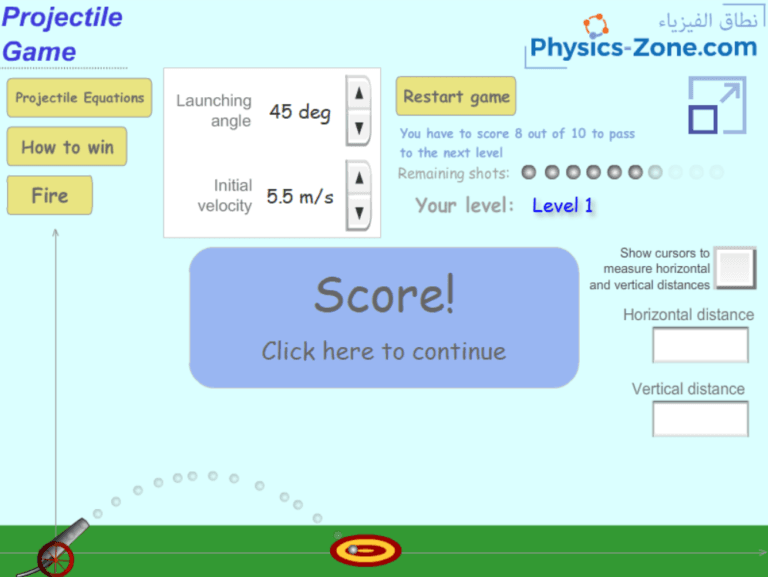
This physics-based game requires applying projectile motion equations to hit moving targets. Measure distances, set the angle, calculate the initial velocity, and hit the target across three increasingly challenging levels.
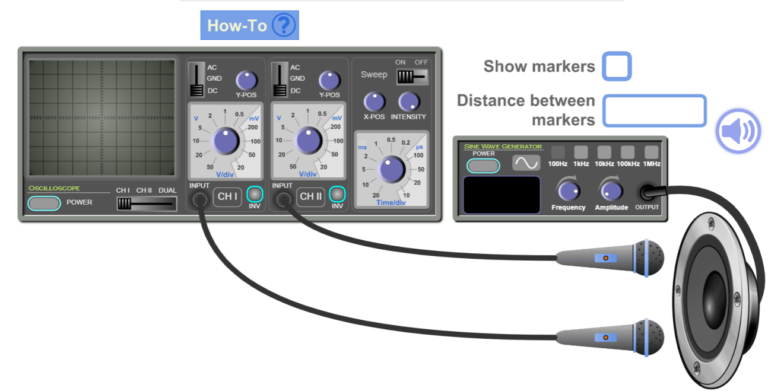
Use this interactive simulation to visualize the phase difference between two sound waves on an oscilloscope. Measure the microphone spacing and frequency to calculate the speed of sound in air.
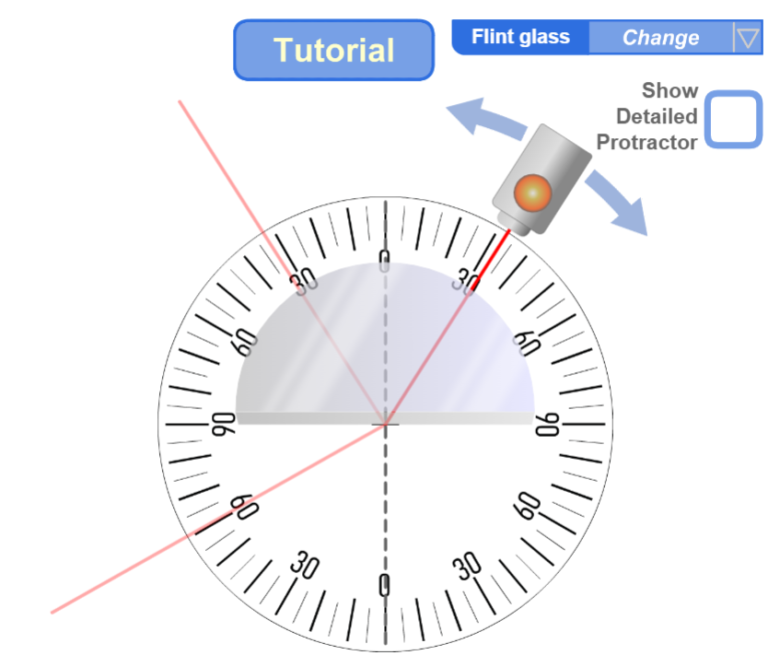
Experiment with the refraction of light as it passes from air into a transparent semi-disk. Choose different materials and apply Snell’s law to determine the index of refraction based on your measurements.

Explore the photoelectric effect with this advanced simulation. Graph photocurrent vs potential and intensity, and kinetic energy vs frequency. Adjust parameters, visualize results, and discover key quantum physics relationships interactively.

Demonstrate the conservation of linear momentum and kinetic energy in a one-dimensional elastic collision using this interactive physics simulation.

Use this simulation to visualize charging a metallic ball by induction and by contact. Explore both positive and negative charging scenarios with clear visual feedback in an interactive electrostatics setup.